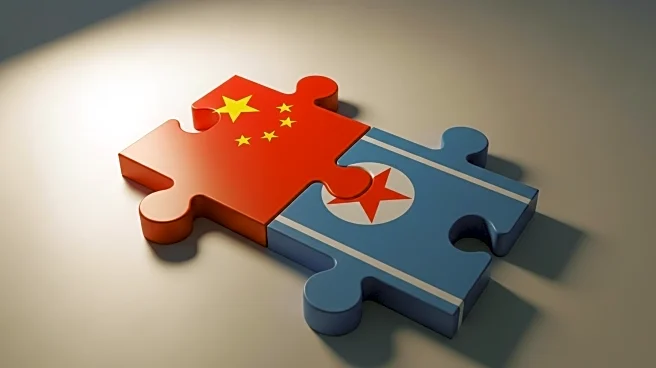What is the story about?
What's Happening?
A Special Eurobarometer survey has revealed that Serbian citizens exhibit higher levels of trust towards Russia and China compared to the European Union. According to the survey, 59% of Serbian respondents trust Russia, while 57% trust China. In contrast, only 38% have a positive view of the EU. The survey highlights a significant disparity in EU accession support among Western Balkan countries, with Serbia showing the lowest support at 33%. Additionally, 45% of Serbian citizens do not believe their country will ever join the EU, marking the highest skepticism in the region. Meanwhile, teachers in Romania are protesting against government measures affecting the education system, and Greece is facing a demographic crisis leading to school closures.
Why It's Important?
The survey results underscore a critical geopolitical shift in the Western Balkans, where Serbia's trust in Russia and China could influence its foreign policy and economic partnerships. This sentiment may impact Serbia's EU accession prospects and its alignment with EU policies. The Romanian teachers' protests highlight challenges in the education sector, potentially affecting educational quality and workforce development. Greece's demographic crisis could have long-term implications for its economy and social structure, as declining student numbers may lead to reduced educational infrastructure and workforce shortages.
What's Next?
Serbia's geopolitical stance may lead to increased collaboration with Russia and China, potentially affecting EU relations. The Romanian protests could escalate, prompting government negotiations or policy revisions. Greece may need to address its demographic issues through policy interventions to stabilize its educational system and economy.
Beyond the Headlines
Serbia's trust in non-EU powers may reflect broader regional dynamics, influencing EU enlargement strategies. Romania's educational protests could signal deeper systemic issues requiring comprehensive reforms. Greece's demographic challenges may necessitate innovative solutions to attract and retain young families.
AI Generated Content
Do you find this article useful?















